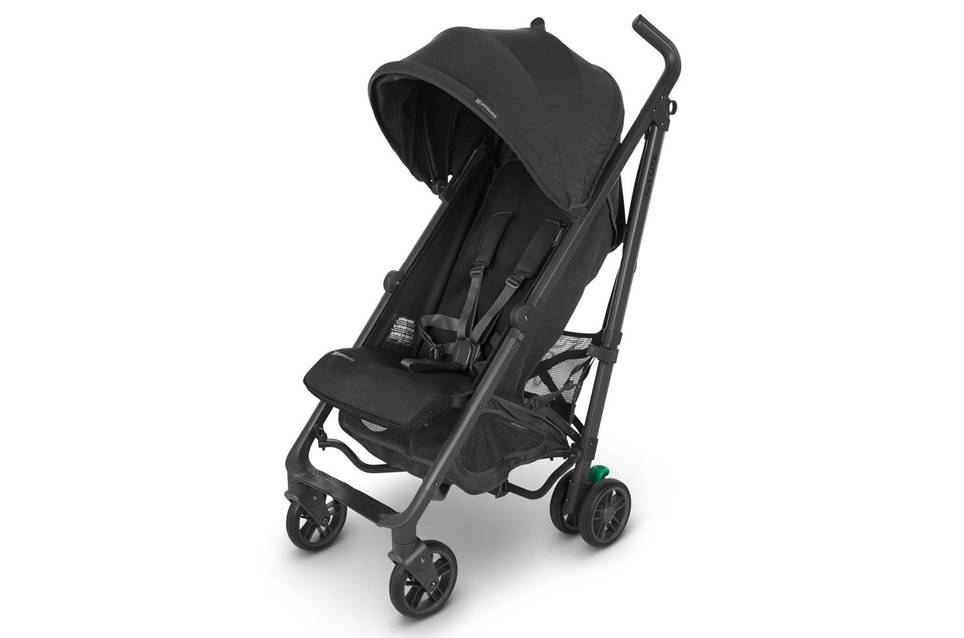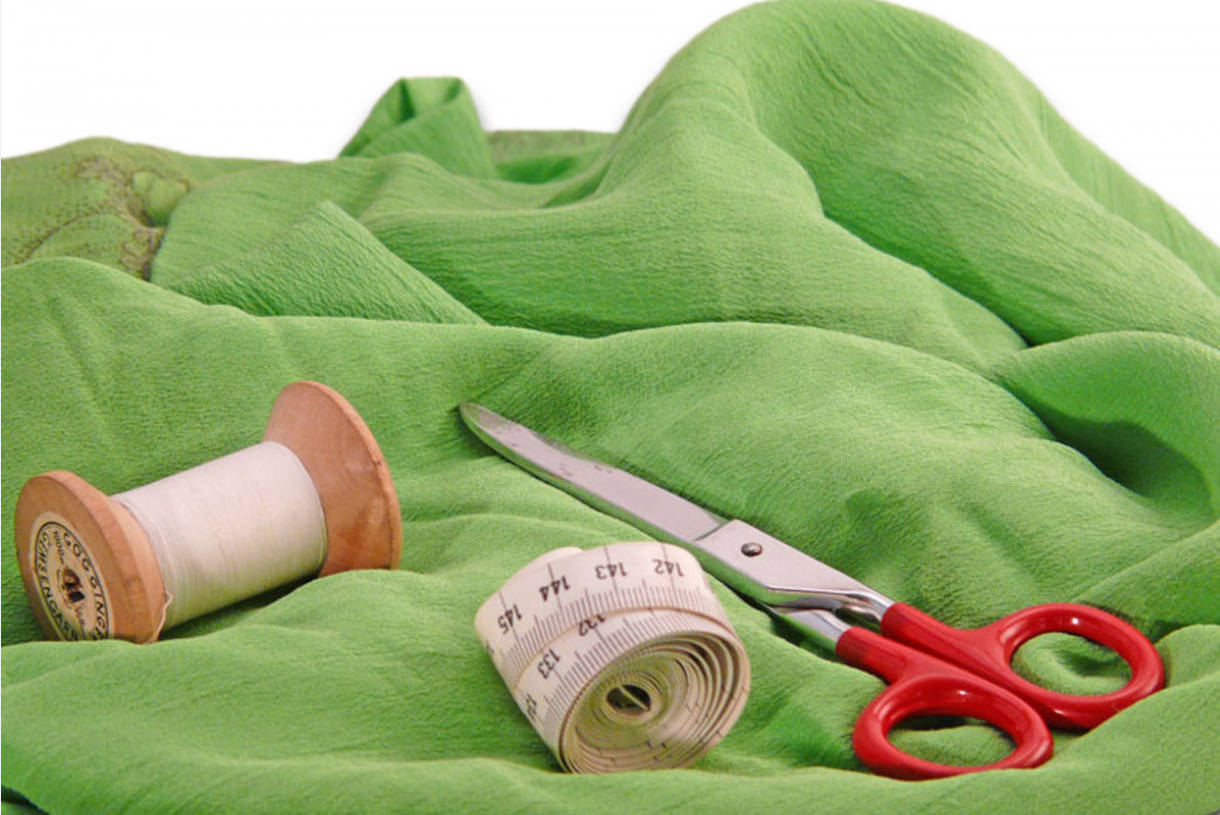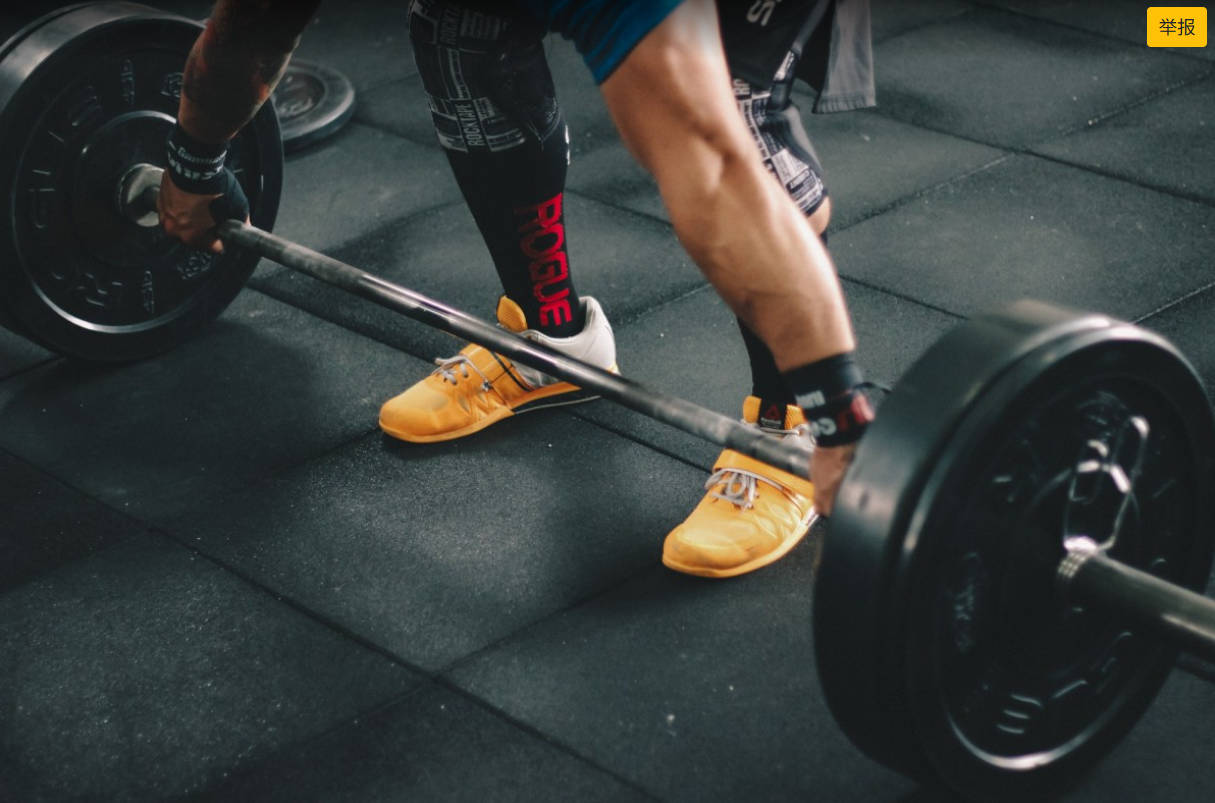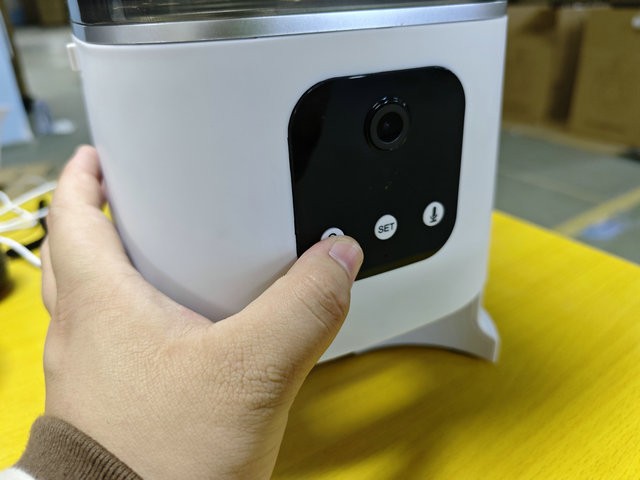The quality of baby strollers is of utmost importance to ensure the safety and well-being of infants. A comprehensive quality inspection process is crucial in identifying and rectifying potential defects and ensuring that the strollers meet international safety standards. In this article, we will discuss the five key points that form the backbone of a thorough baby stroller quality inspection process.

Contents
1.Raw Materials Inspection:
The first and fundamental step in the quality inspection process is the examination of raw materials. High-quality raw materials are the building blocks of a safe and durable baby stroller. The inspection team must verify that the materials used in manufacturing, such as metals, plastics, fabrics, and foams, meet the required specifications and international standards.
- Metals: The inspection team checks for the strength and composition of metal parts, such as frames and hinges, to ensure they can withstand stress and usage without bending or breaking.
- Plastics: Plastic components, like handles and safety restraints, undergo scrutiny to ensure they are free from defects like cracks, warping, or rough edges.
- Fabrics: The inspection includes a close examination of fabrics used in canopies and seat covers for tear resistance, colorfastness, and flame-retardant properties.
- Foams: The foam used in stroller seats should provide adequate support and comfort, and its density and compression resistance are assessed during inspection.
2.Functional and Safety Features:
Baby strollers are designed with various functional and safety features to enhance the user experience and protect the child. During the inspection process, these features are thoroughly tested to ensure they operate as intended and meet international safety standards:
- Braking System: The braking mechanism is evaluated for its effectiveness, ensuring it can hold the stroller securely in place on different surfaces.
- Harness and Restraints: The inspection team checks the harness and restraint systems to verify that they securely hold the child in place and prevent accidental falls.
- Folding Mechanism: The ease of folding and unfolding the stroller is assessed, as it directly impacts user convenience.
- Canopy: The canopy is examined for stability and coverage, ensuring it adequately shields the child from the sun and elements.
3.Stability and Durability:
Stability and durability are critical aspects of baby stroller safety. The inspection team evaluates the stroller’s structural integrity and stability through various tests:
- Stability Test: The stroller is subjected to stability tests, including dynamic tipping tests, to ensure it remains stable under various conditions.
- Durability Test: The stroller undergoes simulated usage tests to assess its performance over an extended period, including rolling resistance, wear and tear, and component stress tests.
- Weight Limit Verification: The stroller’s weight capacity is verified to ensure it can safely carry the intended load without compromising stability.
4.Performance and Handling:
The performance and handling of a baby stroller significantly impact the user experience. During inspection, factors affecting maneuverability and ease of use are thoroughly examined:
- Wheel Alignment and Suspension: The wheels are inspected for proper alignment and suspension, ensuring smooth and stable movement.
- Handlebar Ergonomics: The handlebar height and grip comfort are assessed to ensure ease of handling for parents or caregivers.
- Swivel and Locking Mechanism: Swivel wheels are tested for ease of rotation, while the locking mechanism is examined to prevent unintended wheel movements.
5.Compliance with International Standards:
Perhaps the most crucial aspect of the quality inspection process is ensuring that the baby stroller complies with relevant international safety standards. These standards, such as ASTM F833, EN 1888, GB 14748, and AS/NZS 2088, define specific safety requirements and performance criteria that manufacturers must meet.
- ASTM F833: This standard from the American Society for Testing and Materials sets safety requirements for baby strollers sold in the United States.
- EN 1888: The European standard for baby strollers, which specifies safety, strength, and durability requirements for products sold in the European market.
- GB 14748: The national standard in China for baby strollers, ensuring compliance with safety and quality regulations in the domestic market.
- AS/NZS 2088: Used in Australia and New Zealand, this standard outlines safety requirements to ensure the strollers are safe for use by consumers.
Conclusion
A comprehensive quality inspection process is essential in ensuring the safety, reliability, and compliance of baby strollers with international standards. By focusing on raw materials inspection, functional and safety features, stability and durability, performance and handling, and adherence to international standards, manufacturers can produce high-quality products that meet the expectations of global customers. A robust quality inspection process not only ensures the well-being of infants but also builds trust and confidence in the brand, leading to long-term success in the competitive baby stroller market.






